Just over a year ago Elaine Bedell and Peter Fincham asked Lion to explore the possibility of remaking Castawayfor 2007. Castawaywas a recognisable, and original brand, so why not build on it? It was important that the underlying aims of the series remain the same - each participant will be hoping for a personal journey of discovery - but it was clear from the outset that in a different TV environment we would be making a series with a very different structure. It was also felt that, beautiful as Taransay is, the new series should be set in a location that was more aspirational and surprising - really taking people away from their current lives.
So Lion's location executive, Rob Bagshaw, set off on scouting trips around the world. In today's world, finding a location that can really cut people off is almost impossible. New Zealand became an obvious choice. Its seasons are the inverse of ours which would mean sunshine and summer on our screens while we are in the midst of a UK winter. But, more importantly, it is also the farthest point in the world that it's possible to get from the UK.
When Rob and I made our first recce to New Zealand it was to an island that looked perfect on paper. A 40-minute boat ride from the mainland would mean building a campsite for the team, but hey. Then, as if to ram home just how small the world is, the first person we met when we arrived was a fellow Cornishman who knew my family home in Torpoint. In addition, the photos we had seen were taken before the owners had built a road across the centre of the island.
What was clear was that New Zealand had a magical quality. The Tourism New Zealand team was fantastic in suggesting alternatives. Returning from an unsuccessful recce, the helicopter pilot suggested another island that he'd seen from the air.
Visually it was ideal - remote and breathtakingly beautiful. But I was determined that this time round we would avoid the practical constraints we'd experienced in Scotland.
So - we then discover that the place we've fallen in love with is Department of Conservation (DOC) land - and there are huge restrictions on what can and can't be done - if the department even agrees to a permit in the first place. And the island has many Maori archaeological sites. Suddenly I'm plunged back into the world of rules, permits and cultural sensitivities. When we arranged a visit to the site we were told that the Iwi, the local Maori dignitary, had to welcome us formally.
Now I can do welcomes. Having filmed in a range of places including an eastern bloc country where the mayor of a small town insisted on a series of lethal spirit toasts at 10 in the morning, I was prepared.
What I didn't expect was the arrival of a beaten-up Ford car, like something out of Life on Mars, from which emerged an imposing Maori gentleman wearing Gap clothes and dangling the remote control keys in his right hand. Meet Rodney, the local Iwi.
He wished us well and invoked the elements to help us do what was right, in a language none of us could understand, but creating a genuinely moving experience. If we chose to film here he hoped the spirits would make it work for us. Then followed detailed discussions about what aspects of the site we had to protect and which areas must remain sacred because they are places of significant Maori cultural importance.
Thankfully all these issues have been resolved. The site is amazing and working with DOC and the various Maori advisers has been fascinating.
Filming a documentary in such a remote location would have been challenging enough. But for six daily shows to be broadcast over 12 weeks in real time, we needed a team of around 130 people. This has meant building a huge production village in a location with no phones or electricity. We have had to create satellite internet, an uplink satellite farm, and production facilities company Charter Broadcast has set up a production area with eight cutting rooms, a control room, production rooms, internal and external communications, office accommodation for the 130 or so crew and, of course, catering.
We also have one of the biggest online offerings being produced on site, a new interactive experience for viewers as well as feeding content to a BBC3 studio show in the UK.
The exciting and terrifying thing about this Castawayis that we have no idea what will happen - as this goes to press we haven't even started to shoot the first show that goes out in a week's time. It's a show that relies on what happens to this disparate group of Brits who've chosen to spend three months cut off from their everyday lives and modern conveniences as we record what they make of the whole experience.
In TV terms we are a long way from knowing what the end result will be, but as a life experience it has already been amazing. We are now preparing for the full Powhiri where the whole 130 or so team will spend a couple of hours being welcomed and blessed by senior Maori dignitaries. It's sure to be memorable.
Castaway is a Lion Television production for BBC1 and BBC3. The first programme airs on BBC1 on Friday 9 March at 9pm


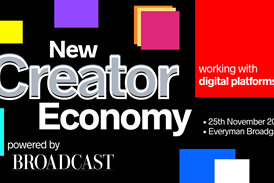
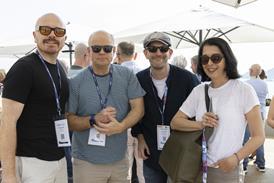
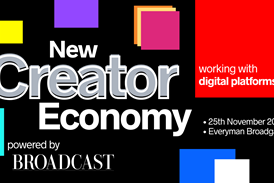


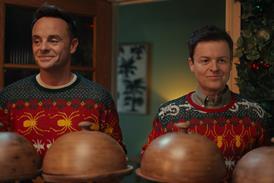
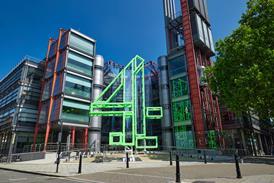
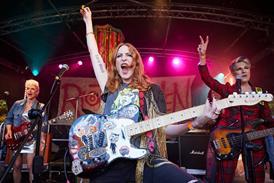
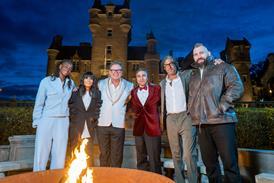
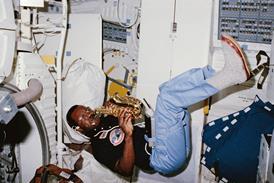
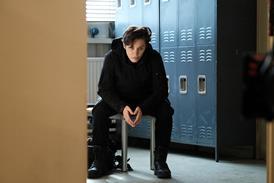

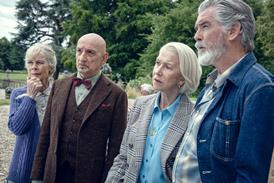
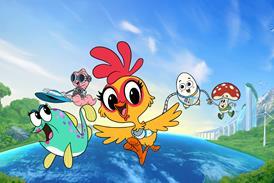




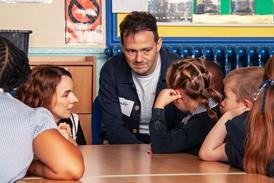
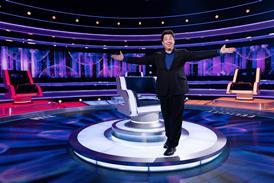




No comments yet